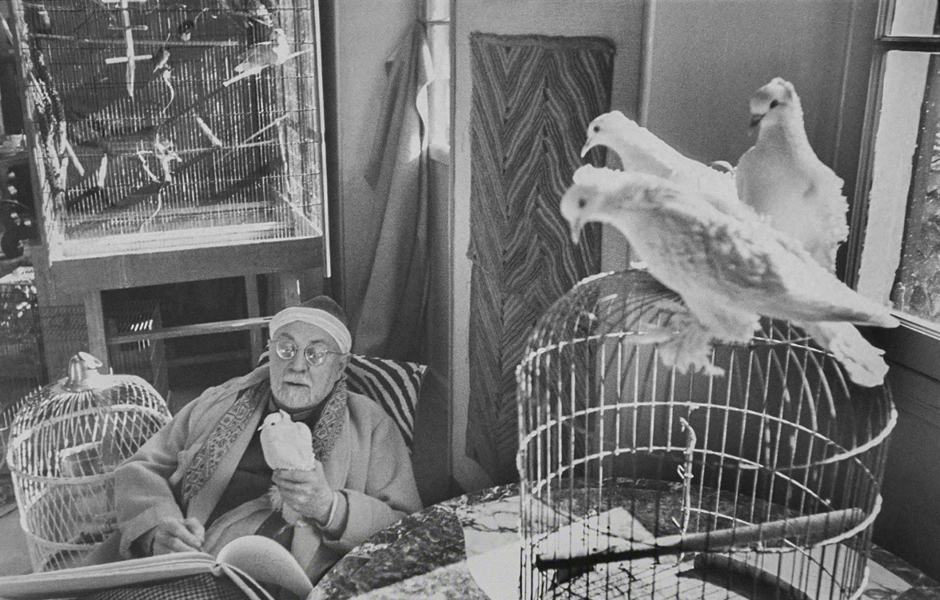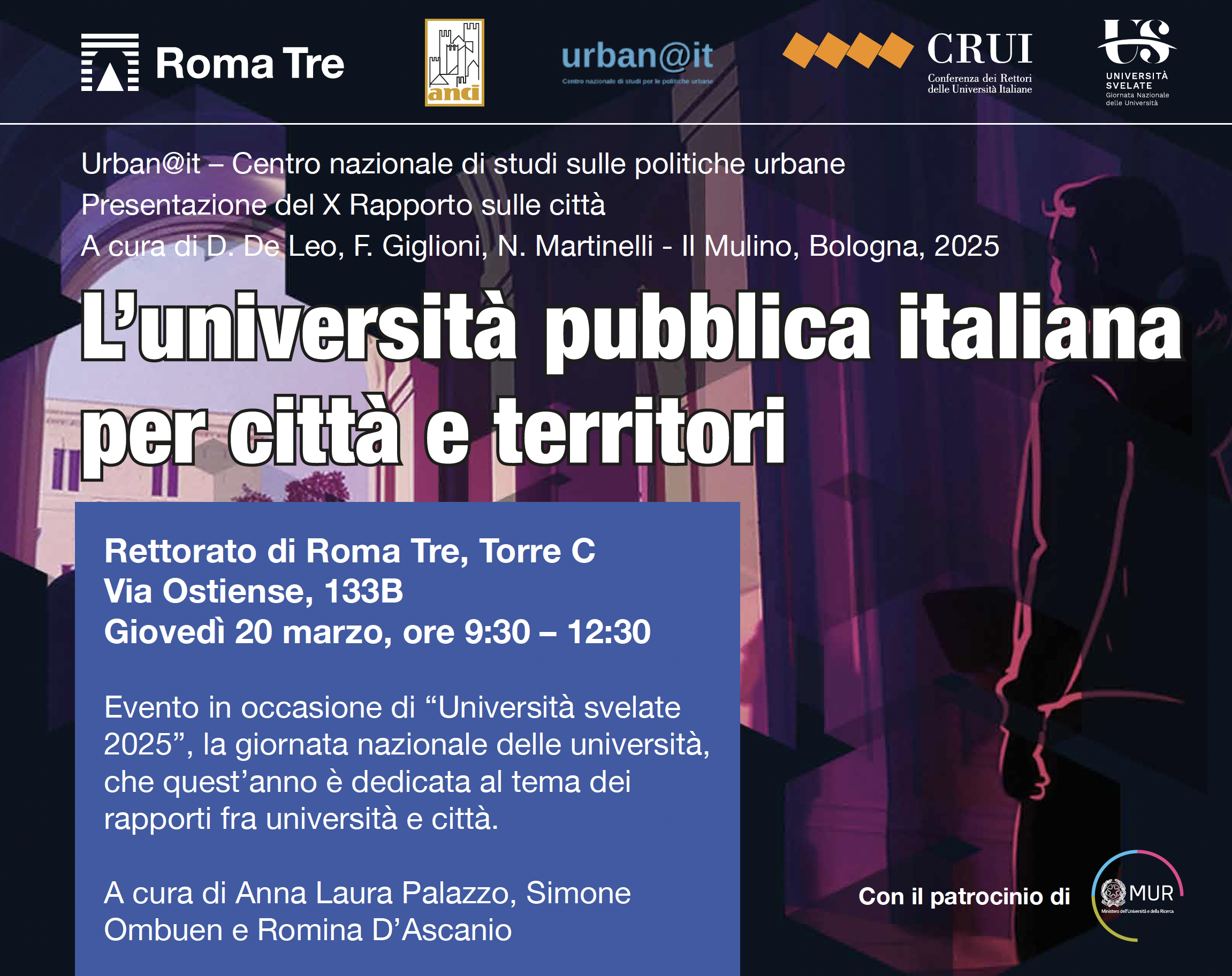Notes on Perception and Representation

Notes on Perception and Representation
Architect, Ph.D. candidate, Faculty of Architecture of the University of Porto, Portugal
There is an ancient association between epistemology and representation. In Classical Greece, the understanding of representation was clear as a determinant means for the acquisition and construction of knowledge. It is enough to remember the famous phrase written at the door of Plato’s academy: “Only those who know geometry can enter”. As Plato advocated, who does not know geometry does not have conditions to access the beauty, and consequently the true and the goodness – i.e., the classical triad.
According to Plato’s conception, the true and good beauty is not achievable by the senses, since it is not in the sensitive world – only through reason is it possible to reach beauty. Reason is the means to reach the intelligible world, a world purged of imperfections and uncertainties, where the pure forms of geometry reside – as the right triangle (Plato, 2008). However, this taste for clear, stable, harmonious forms and their recognition will go through the whole history of mankind, standing out with particular clarity at certain moments, among them, the modernism.
In 1960, Le Corbusier states perception as the first condition of the inventive phenomenon: “the key is: to look; to look, to observe, to see, to imagine, to invent, to create” (2011: 9). However, Le Corbusier relates the perceptual action to a particular form of representation, the hand drawing: “to draw is to learn to see […] you have to draw to push inside what has been seen and will then remain forever in our memory” (in Danièle, 2015: 23).
This “to learn to see” that Le Corbusier refers is a consequence of the necessary discipline and time that hand drawing – or more generally, the representative practice – implies. The long and careful observation through hand drawing, according to Joaquim Vieira, “will uncover to the observer unsuspected levels of relations with things, beings and their identities” (1995: 96). Vieira understands the representation as an instrument to broaden and deepen the intelligibility of things – both horizontally and vertically – allowing to provide meaning to the particular (meaningless) thing.
In this sense, is understandable that “theory” has its etymological origin in “contemplation”. The theoretical knowledge arises when the vita activa is suspended in favour of the vita contemplativa (Arendt, 1998) – starting, according to Johann w. Goethe, a kind of endless research[1]. Precisely through Goethe, the relation between art and science as possible and complementary procedures to understand the real is demonstrated[2]: despite the different approaches, both have in common the courtship for the underlying truth of things (1988). In Scientific Studies (1988) Goethe exposes his fascination with Luke Howard’s work (1772-1864), an English meteorologist who dedicated himself to cataloguing and categorizing clouds through prodigious illustrations[3] – in a kind of a “poetic science”, as Alberto Carneiro (1995) suggests.
Perception is understood by Kevin Lynch as “a creative act, not a passive reception” (1959: 131), that is, a form of knowledge based on conscious activity and the individual’s own sensitivity. Likewise, Vieira argues that the knowledge of things does not happen only by the record of the observed thing: it is the correspondence between the real thing and the way that thing is seen and represented the “key of a privileged perception” (1995: 40).
Carneiro warns, however, that the representation does not reveal reality as it is, but an interpretation of reality – i.e., a “sensitive apprehension of the outside world” (1995: 15). In this representative process, a dialogue between rational and “non rational” factors – such as emotions, feelings and intuition (Vieira, 1995) – is established, in which the importance of the body becomes recognizable.
In his acclaimed essay Eloge De La Main (2015), Henri Focillon refers to representation – that mental and physical process – as an activity that allows privileged access to a kind of tacit knowledge that comes from the body. Moreover, Focillon states that, rather than making our character known, it is the body itself that constitutes the consciousness. Curiously, Focillon’s perspective is aligned with the Antonio Damásio’s (1994) idea of self, in which the body is the major coordinate of conscious identity and what determines the subject – contrary to the Cartesian dualist conception, where the principle is the spirit (cogito ergo sum).
In accordance with Foccilon’s perspective, Carneiro argues that “who represents, is at the same time subject and object of representation” (1995: 29) – i.e., is a representation of the spirit itself, “even if it takes refuge in the smile of a lady” (Vieira, 1995: 45). The representation propitiates the relationship between conscious and unconscious[4], between what is explicit and tacit, “as dialectical openness and synchronicity, thus favouring the evolution and expression of being” (Vieira, 1995: 94).
With this short paper it was intended to address the theme of perception as one of the purposes of representation. Through the bibliographical review of a multidisciplinary set of authors – because representation is itself a transdisciplinary field –, it is possible to conclude (provisionally) that representation can be understood as a key to a privileged perception: first, representation imposes discipline and time on the individual, which can allow broaden and deepen the intelligibility of things; second, the representation allows the conjugation between scientific and artistic as complementary procedures to the apprehension of the world, combining objective and subjective knowledge; and third, representation as a “sensitive means of perception” (Alves Costa, 1991: 11) establishes a dialogue between body and mind, being both revelation and construction of the individual.
Notes
[1] “Natural system: a contradictory expression. Nature has no system; she has – she is – life and development from an unknown centre toward an unknowable periphery. Thus, observation of nature is limitless” (Goethe, 1988: 43).
[2] “My desire to see the formless formed, the infinite arrayed in regular sequence of form, follows from all my work in science and art. […] Nature served as the model for many sketches, and I tried to fix my ever-mobile subject on paper in accord with the concept” (Goethe, 1988: 143).
[3] Goethe will even dedicate the short poem Howards Ehren-gedàchtnis (In honour of Howard) to the life and work of Luke Howard.
[4] “The representation understood as an act of presenting before the eyes and intelligence what is observed in the real which takes the content of a thought, of a consciousness about the inner reality, meaning and symbolization of relations with the world, search for identity, between what is thought to be and what it is made to be” (Carneiro, 1995: 30).
References
Alves Costa, A., Távora, F., & Eusébio, J. (1991). Páginas Brancas II. Porto: AEFAUP.
António, D. (1994). O erro de Descartes emoção, razão e cérebro humano emotion,reason and the human brain. Mem-Martins: Publicações Europa-América.
Arendt, H. (1998). The human condition. Chicago: University of Chicago Press.
Carneiro, A. (1995). Campo sujeito e representação no ensino e na prática de desenho-projecto. Porto: FAUP.
Corbusier, L. (2011). Voyage d’Orient: 1910-1911. Paris: Éditions de la Villette.
Danièle, P. (2015). Le Corbusier Et Le Dessin: Ce Labeur Secret. Lyon: Fage Éditions.
Focillon, H. (2015). Eloge De La Main. Angoulême: Editions Marguerite Waknine.
Lynch, K. (1959). Good city form. Massachusetts: MIT Press.
Plato. (2008). The Republic. New York: Cosimo.
Vieira, J. (1995). O Desenho e o projecto são o mesmo? outros textos de desenho. Porto: FAUP.
Images
Cover: Henri Cartier-Bresson, Henri Matisse at his home, 1944 – Source: https://www.magnumphotos.com/arts-culture/art/studio-matisse-henri-cartier-bresson/
Fig.1: Henri Matisse, Four self-portraits, 1947 – Source: https://www.popwars.com/2009/04/exactitude-is-not-truth/
Fig.2: Robert Capa, Henri Matisse in his studio, 1949 – Source: https://www.artsy.net/artwork/robert-capa-henri-matisse-in-his-studio-nice-france









